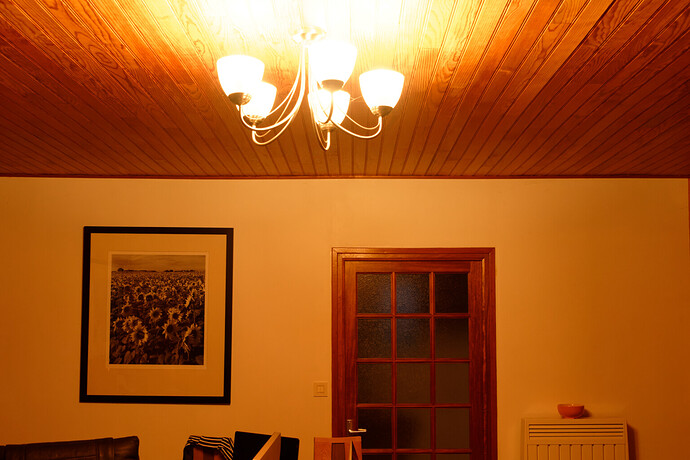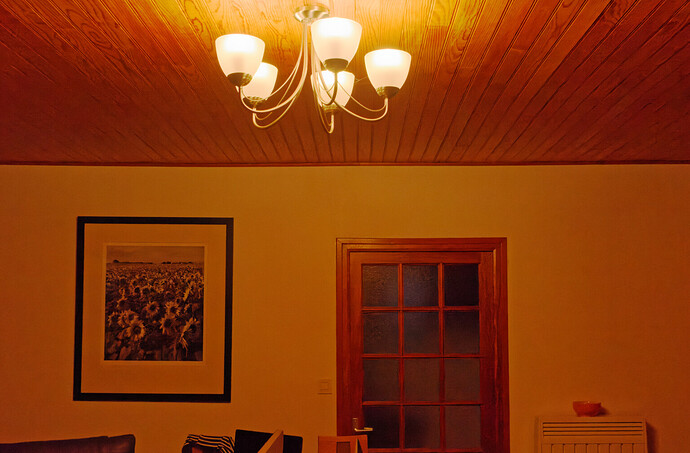Every time I think I understand something, I learn there is a “but”. Oh well. The following has already been discussed as part of a different discussion, but to eliminate too much confusion in my brain, I’m posting it here in PhotoLab4, and the Mac section as that is what I use.
Ancient history - I used to think that a raw file was a “copy” of the the data, from the effect of light hitting the camera sensor, and all the manipulations and tricks that people do to play around with ‘jpg’ images will have zero effect on that raw image. Apparently one of the tools that breaks this rule is Nikon’s Active D-Lighting.
I’ll post a link to the article I’ve just read, and if I accept that article as valid, there are only two instances when someone might want use Active D-Lighting. I’ll let the article speak for itself, so I don’t mangle anything any more than necessary.
Also, based on what I’ve read in this article, there are only two settings that I might want to use for my camera’s Active D-Lighting - either OFF or AUTO. Never mind that my Nikon has lots of other choices.
Here is the article in question:
…and here is the text I was referring to:
“Auto Adaptive D-Lighting will additionally reduce exposure by up to one stop as needed to protect the highlights as required by measuring the range of values between black and white. Remember the exposure needs be reduced to either compensate for the overly contrasty subject or the camera’s addition of contrast by a flat subject. Applying anything other than Auto ADL leaves you at risk of making a fatal result. Off or Auto is the only choice for me.”
I don’t know enough to understand this properly, but I think this may be one of Nikon’s ways to compensate for something Joanna was teaching me a couple of weeks ago, where I needed to adjust my exposure to take advantage of more “wiggle room” in the highlights. Back then I was using my Leica, which doesn’t understand “active d-lighting”. Since my Nikon Df has been stuffed with every software option Nikon could think of, active d-lighting is included as one of my choices.
My own conclusion so far is that I should leave Active D-Lighting turned on, and set to AUTO. It won’t do anything unless it needs to, and when the image does require it, my other option is to change my exposure to compensate (which will also affect the raw image). If I allow Active D-Lighting to do its thing when needed, it will accomplish that by modifying the raw image. Either way, the raw image is being changed by these settings. (I didn’t realize that activating active d-lighting could do that.). Silly me.
I may be bonkers on all this stuff… Gregor is trying to stuff my head with things he feels I need to know, even if I never knew they existed before, and my brain has grudgingly started to accept that he is right, and even though for my entire life so far, I was ignorant of them; they really are important, and therefore I better get used to learning and understanding. Active D-Lighting is just the tip of the iceberg for me.



